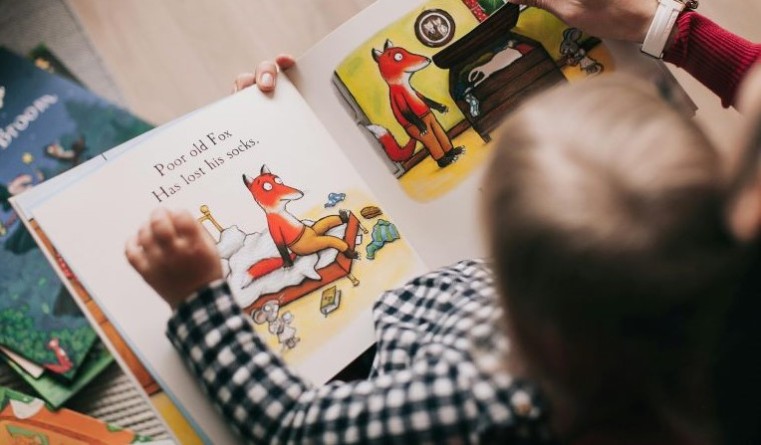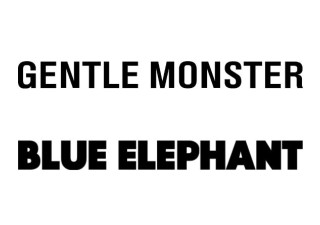Plagiarism? An IP lawyer weighs in on “Isang Kaibigan”
09 September 2024


Mark Robert Dy | IP consultant @ QCV Law, Cebu City
“Plagiarism, particularly in creative fields like children’s fiction, often falls into a grey area where the boundary between inspiration and copying isn’t always clear,” said Mark Robert Dy, an IP consultant at QCV Law in Cebu City. “A side-by-side analysis of specific elements like text, characters, dialogue and illustrations is required to assess whether plagiarism or copyright infringement occurred. It’s important to distinguish between plagiarism and copyright infringement, as they are different concepts, although closely related.”
He explained: “Plagiarism is an ethical issue where someone fails to credit another’s work, while copyright infringement is a legal matter involving unauthorized use of protected material. Copyright law safeguards the unique way a story or idea is expressed, not the underlying themes. Stories such as Hamlet, The Lion King and Black Panther explore common themes like power struggles and betrayal, yet each is distinctly expressed, preventing accusations of infringement.”
In the case of Isang Kaibigan (One Friend) and Owly, Dy pointed out both works explore universal themes of friendship and resilience. “It’s not difficult to imagine that there exist many children’s stories that feature talking owls, finding friends and overcoming challenges in life. However, the real question is whether Isang Kaibigan replicates Owly’s distinctive elements, such as specific character traits, plotlines or illustrations, or if these similarities merely reflect shared themes,” he said.
The debate surrounding Isang Kaibigan mirrors a larger conversation about the limits of influence in creative work. He gave examples such as Star Wars, which drew inspiration from Dune, just as A Song of Ice and Fire was influenced by The Lord of the Rings. Yet, neither are considered mere imitations because they successfully transformed their influences into something original. He said whether Isang Kaibigan crosses the line from inspiration into plagiarism will depend on whether it borrows distinctive expressions from Owly or stands as its own unique work.
“It’s worth noting that even if Isang Kaibigan is a translation from English to Filipino, plagiarism or copyright infringement could still be present. This was a key issue in the 2012 plagiarism controversy involving Senator Vicente Sotto. During his speech opposing the Reproductive Health (RH) Bill, Senator Sotto was accused of plagiarizing passages from U.S. writer Sarah Pope’s blog and U.S. Senator Robert F. Kennedy’s “Day of Affirmation” speech. Even though his speech was in Filipino, critics argued that the content mirrored the original English sources without proper attribution. This incident highlighted that translating text does not erase the ethical obligation to credit original authors,” said Dy.
Understanding plagiarism: The Vinuya case
The Vinuya v. Executive Secretary (2010) case offers insight into how intent shapes plagiarism allegations. Justice Mariano del Castillo faced accusations of copying foreign legal articles in his decision on “comfort women.” The Supreme Court ultimately cleared him, ruling that the issue stemmed from an accidental deletion during drafting, not deliberate plagiarism. This case explained how plagiarism isn’t just about similarities – it’s about intent. When evaluating Isang Kaibigan, the key question is whether any similarities with Owly are coincidental or the result of deliberate copying.
Understanding copyright infringement: The Habana case
Copyright infringement occurs when specific expressions of ideas – such as text, illustrations or dialogue – are copied without permission. In the Supreme Court case of Habana v. Robles (1999), Robles’ textbook Developing English Proficiency (DEP)copied examples and illustrations from Habana’s College English for Today (CET). The court ruled that even partial reproduction of key elements constituted infringement.
“In the context of Isang Kaibigan, the concern isn’t just thematic overlap with Owly, but whether specific elements, such as the characters, storyline or visual details, have been copied. Like in Habana, borrowing protected material without attribution or permission could lead to copyright infringement claims,” said Dy. “Furthermore, allegations that some of the illustrations in Isang Kaibigan may have come from platforms like Shutterstock or Canva could further complicate the issue. As seen in Habana, failure to properly license or attribute external content can contribute to copyright violations.”
He advised that to resolve the issue between Isang Kaibigan and Owly, a detailed comparison of both works is necessary, examining not just their themes but the specific text, characters and illustrations. Legal experts can evaluate whether Isang Kaibiganinfringes on the copyright of Owly, while literary experts can assess any plagiarism concerns. Simply sharing general themes like friendship and resilience isn’t enough to establish copying; the focus must be on whether Isang Kaibigan borrows distinctive elements that make Owly unique.
“A fair and impartial analysis must involve reviewing the evidence carefully, considering not only the overall themes but also whether there was any direct copying of text, plotlines, or illustrations. Copyright law and ethical standards alike depend on originality in the expression, not the mere existence of shared ideas,” said Dy.
He added that to navigate the fine line between inspiration and copying, creators – especially those working on publicly funded projects – should adopt these practices:
-
Research similar works. Creators should review existing works in their field to ensure they don’t unintentionally replicate key elements like characters, plotlines or illustrations. This was a crucial factor in Habana v. Robles.
-
Proper attribution. If inspired by other sources, creators must give credit where it’s due. The Vinuya case reminds us that even accidental failure to attribute can raise ethical concerns.
-
Use original content. Ensure all work is original; if third-party content (such as stock images) is used, secure the correct licences. As seen in Habana, failing to license external material can lead to legal repercussions.
-
Consult legal experts. Before publication, creators should seek legal advice to ensure their work complies with copyright laws. This is essential in avoiding ethical and legal pitfalls.
-
Rigorous editorial review. Publicly funded projects require high levels of editorial oversight to prevent issues early on. In Habana, copying went undetected, which could have been avoided with proper review.
- Excel V. Dyquiangco






